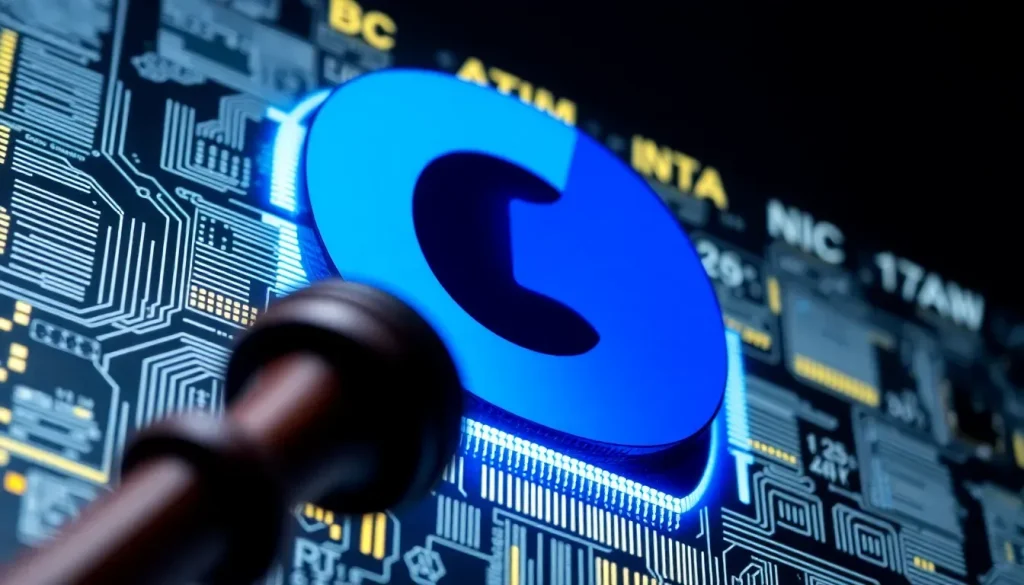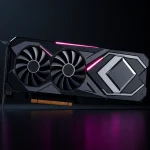Qualcomm Wins Lawsuit Against Arm Over Licensing Agreement Infringement

In the rapidly evolving landscape of technology, disputes over intellectual property and licensing agreements can have significant implications for the industry. Recently, a key legal battle between Qualcomm and Arm has drawn attention, shedding light on the complexities of semiconductor design and licensing. As the outcomes of such cases unfold, they not only impact the companies involved but also set precedents for the entire tech sector.
This article delves into the details of the Qualcomm vs. Arm litigation, exploring the implications of the recent verdict, the ongoing disputes, and their broader significance in the semiconductor industry.
Qualcomm achieves a significant victory over Arm in licensing dispute
Last year, a trial emerged between Qualcomm and Arm, two titans in the semiconductor field. Qualcomm, renowned for its Snapdragon chips that power a vast array of smartphones and increasingly laptops, faced off against Arm, the architect of the widely used chip designs crucial for mobile devices. The verdict was a decisive win for Qualcomm, affirming its stance in the ongoing licensing litigation.
Qualcomm has long been at the forefront of mobile technology, delivering high-performance chips that have shaped the smartphone market since the advent of Android. Despite occasional setbacks where performance did not meet consumer expectations, the company has revitalized its offerings in recent years. A significant contributor to this turnaround was the acquisition of Nuvia in 2021, which has enhanced Qualcomm's CPU performance through innovative architecture. However, this advancement sparked legal challenges from Arm, which accused Qualcomm of utilizing its designs without proper licensing.
Details of Qualcomm’s legal triumph against Arm
The recent ruling from the U.S. District Court for Delaware rejected Arm's claims regarding Qualcomm's alleged breach of the architecture licensing agreement (ALA) with Nuvia. The court determined that Qualcomm had adhered to licensing requirements, thereby exonerating it from any legal violations concerning the use of Nuvia's technology. This ruling has critical implications for Qualcomm's current and future chip developments, ensuring they remain unaffected by legal disputes.
Key points from the court's decision include:
- Qualcomm's compliance with licensing agreements related to Nuvia's architecture.
- Confirmation that Qualcomm's existing and forthcoming chips are legally protected.
- The dismissal of Arm's claims regarding the misuse of its designs.
Arm's response and plans to appeal
Despite the setback, Arm has indicated that it will not concede defeat. On Tuesday, the company announced its intention to appeal the court's ruling, hoping for a chance to reassess the circumstances surrounding the case. This appeal represents a critical juncture for Arm, as it seeks to overturn the ruling in its favor.
During the initial trial, the jury deliberated on three charges against Qualcomm but reached differing conclusions on two of them. Arm has since requested Judge Maryellen Noreika to dismiss the favorable verdicts awarded to Qualcomm, but her decision to reject this motion has left Arm in a precarious position.
Qualcomm strikes back: A counterclaim against Arm
In a surprising twist, Qualcomm has filed its own lawsuit against Arm, alleging breach of contract and hindrance to innovation. This counterclaim suggests that Qualcomm believes Arm has unfairly positioned its products to the detriment of Qualcomm's offerings, raising critical questions about competition and collaboration within the tech sector.
This upcoming legal battle is scheduled for March 2026, and it promises to further complicate the already intricate dynamics between these two companies. The outcomes could have lasting ramifications on market strategies and the competitive landscape in the semiconductor industry.
Implications for the semiconductor industry
The Qualcomm vs. Arm legal saga underscores the significance of licensing agreements in the semiconductor industry. As technology companies increasingly rely on complex architectures and designs, the management of intellectual property rights becomes paramount. The implications of this case extend beyond the two companies involved, influencing how firms approach collaborations and licensing in a highly competitive environment.
Key considerations for industry stakeholders include:
- The necessity of clear licensing agreements to prevent disputes.
- The impact of legal rulings on innovation and competition.
- Strategies for navigating complex legal waters in technology development.
In light of these developments, companies must remain vigilant and proactive in protecting their intellectual property while fostering a cooperative atmosphere that promotes innovation.
The future of Qualcomm and Arm: What lies ahead?
As Qualcomm and Arm continue to engage in legal battles, the future remains uncertain for both corporations. Qualcomm's recent victory may bolster its market position, but Arm's resilience in pursuing an appeal demonstrates its commitment to safeguarding its proprietary technology.
Moreover, the evolving landscape of the semiconductor industry, characterized by rapid technological advancements and increasing competition, will likely influence the strategies adopted by both companies. As they navigate these challenges, the outcomes of their legal disputes will undoubtedly shape their trajectories in the coming years.
For those interested in understanding more about the impact of legal decisions in the tech world, this video provides insights into similar cases:
In conclusion, as Qualcomm and Arm prepare for future legal encounters, the results of their disputes will be instrumental in defining the boundaries of competition and collaboration in the semiconductor industry.




Leave a Reply